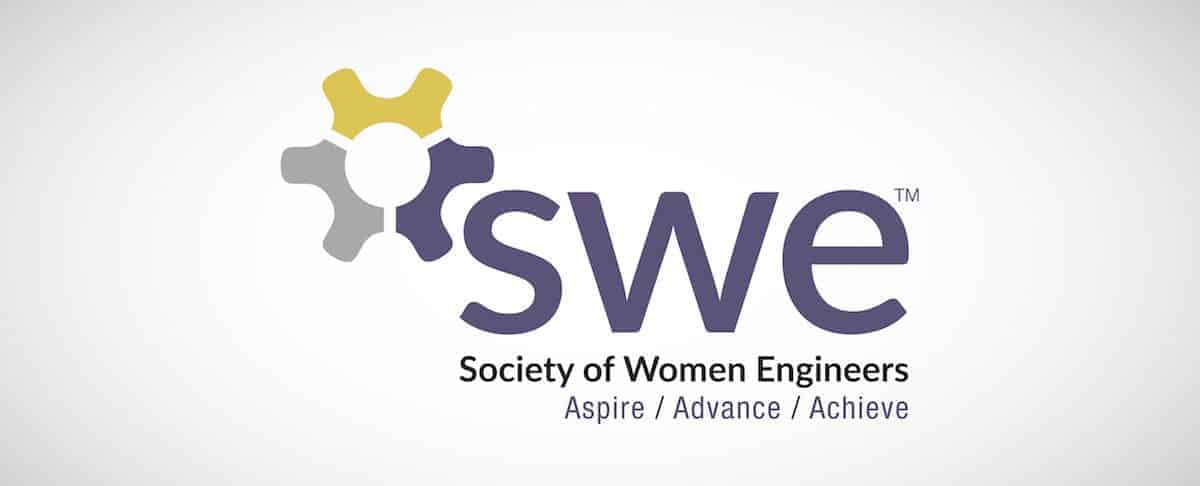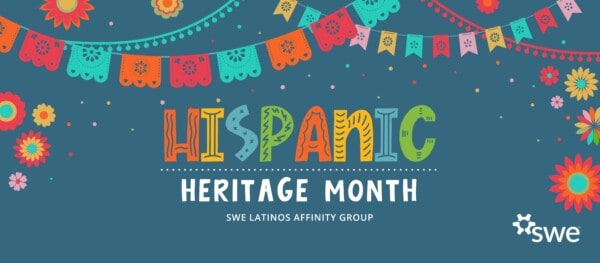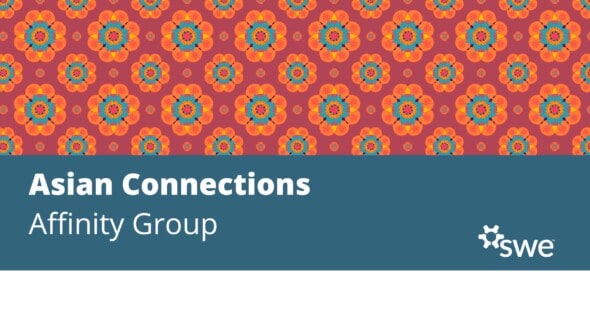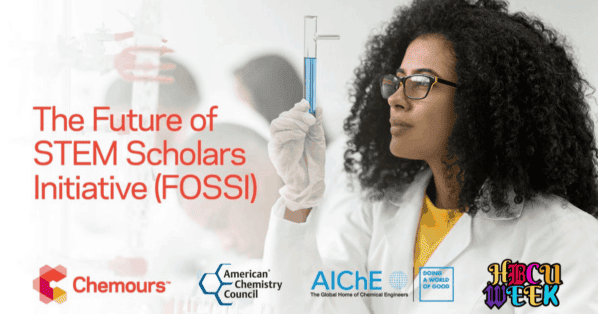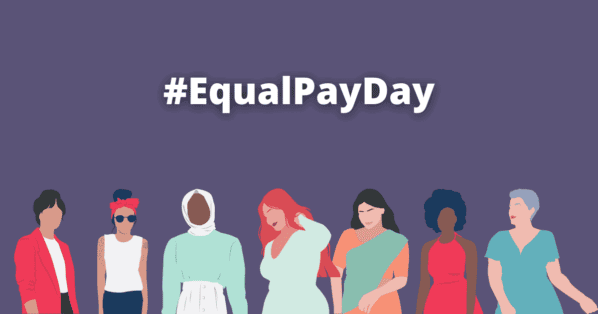Celebrating Black History Month: Women of Color, Warriors of Light
This article was first published in the winter issue of SWE Magazine.
Music, theater, poetry, and visual art might seem unrelated to the study or practice of science, technology, engineering, and math – but when arts are added to the STEM equation, few tools are better for outreach and inspired learning.
“I’ve always been interested in arts and engineering, but I didn’t have words for it for a long time.” Montanez Wade has worked as an electrical engineer in industry and as an engineering instructor at Tennessee State University. She’s also a SWE member, an engineering education consultant, and a weaver of stories, helping others find ways to connect technology and the arts in creative discovery.
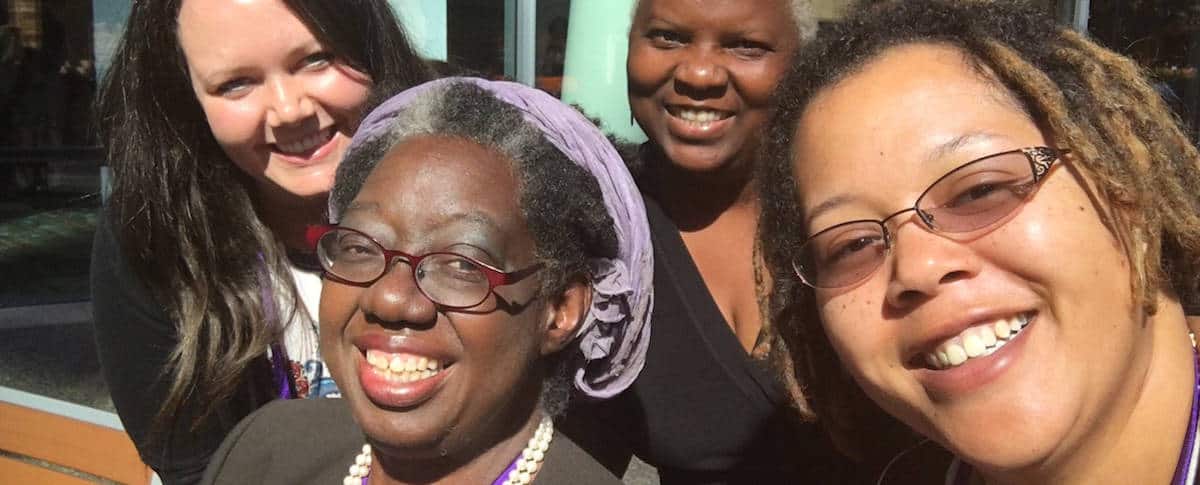
Wade, along with Virginia Tickles, Ph.D., a systems engineer at NASA Marshall Space Flight Center, Huntsville, Alabama; Yvette Tolliver, an engineer and educator; and Thandiwe Shiphrah, a multidisciplinary artist and poet, conducted a seminar at the recent WE15 conference in Nashville, Tennessee. “Women of Color, Warriors of Light” combined music, imagery, and poetry in an interactive, improvisational session. A roomful of women engineers, collegians, and educators came away having written and performed their own poetry, even though no one initially saw themselves as writers, or even particularly creative.
“All of a sudden, the room got very quiet,” Wade said. “When they realized it was going to be experiential, it raised the energy level. Our goal was to unleash that creative energy, and the result was truly amazing poetry. Everyone got a new sense of themselves and each other as creative that many of them didn’t have before.”
The four panelists, who are friends, colleagues, professionals, and mentors, agreed with a passion: Learning, especially in STEM education and outreach, needs personal connection – not just for children, but for anyone, at any age or stage of career. A burst of performance energy; a tightening of focus; the freedom to listen, create, communicate, and connect forms a foundation where arts can inform and advance STEM. “When we create, we take ownership,” Wade said. “The quickest way to engage people is to get them doing something hands-on.”
Improvisation creates community
Creative arts contribute to the “big picture” of STEM in a very direct and immediate way. For example, improvisation opens up the ability to see and connect with other people. If one person says, “On a good day, I am … ” and another completes the sentence with “… a Maserati,” that’s improvisation, conveying imagery, color, and emotion – and it makes a connection. Improvising requires listening, participation, imagination, and where there’s no wrong answer, there is great freedom to create and invent.
“When you bring people together to improvise, you create community,” Wade said. “If you can get people to share stories, they begin to see common successes and challenges. They start seeing each other as partners rather than strangers. You’re more likely to work well with somebody if you have something in common.
“At engineering school, you learn the science, and the school would have you believe all this learning happens in isolation. But when you design a bridge or a structure, it’s for people who have lives and a community. I think engineering schools could benefit from understanding that the profession belongs to something bigger. Sometimes that gets lost when you only look at meeting performance objectives.”
Shiphrah, a poet who works with music, imagery, sound collage, and the written word, has another fresh take on the arts and their contribution to STEM. “I work a lot with people who don’t consider themselves artists. My goal is to show them that there are tools and techniques that poets use that are fun and helpful with brainstorming, originality, design, and analyzing problems.” (See sidebar to take Shiphrah’s Alliteration Challenge.)
Every equation is a relationship
“Taking a creative leap can be difficult for engineers because with structure, you can’t afford to fail,” Wade said. “When I used to take tests, there was a lot of anxiety about getting the right answer. So when I taught a circuits class at Tennessee State, I wrote a quiz that provided the answer, and all the students had to do was tell me how I got there. That shocked them, because nobody was doing that, but it really worked. People struggle with getting the right answer, and they don’t think enough about how to get it. That’s a creative process, and it helps when you set up an environment where there’s no fear of failure.”
Dr. Tickles has used a similar method. “When I taught middle school, I did it in a way where there were no homework assignments and no tests,” she said. “That challenged me, but it really opened them up. I had students building towers with straws and pipe cleaners – we did so much that helped them understand motion and speed and velocity with hands-on art projects. When something didn’t work, they knew why, and vice versa. The more visual you can make lessons, the better.”
“We get so caught up in the equations that we think the only way to explain them is rocket science, and that’s not true,” Wade said. “When I was an algebra teacher, one thing I had to learn in order to teach was that every equation is a relationship between things. If you don’t understand the relationship, you can’t write the description.
“My ‘Aha! moment’ was realizing every equation refers to a physical action being described. Equations come from somewhere because something happened. We think of equations as made-up things and they’re not. We solve them every day.
“One of my friend’s daughters hated algebra, and we were shopping,” Wade continued. “I said, ‘We’re here, you have x number of people to buy for and y amount of money. Finding how much money you can spend on each is algebra.’ She didn’t like algebra because she wasn’t attaching it to anything. We’re trying to teach something that has no meaning to students.”
Tolliver, Wade’s former student, has nine years of experience with students and STEAM, teaching in middle school, high school, and the arts magnet middle and high schools in Nashville. “I’ve written grants for integrating arts with science and lab work. It became a passion for me,” Tolliver said. “Kids do not intuitively understand math textbooks. It has to be something that relates to their life, something cool. Teaching in an arts school, I saw that kids love music, dance, drama – how can we apply the core of what they love to mathematics? It’s connecting both halves of the human being – holistic teaching.”
Sacred geometry, problem-solving with poetry, cooking for chemists
“As a math teacher, there’s pressure to review more than 50 topics to get kids ready for the test,” Tolliver said. “It can take a couple of weeks to do a single STEAM project, but those weeks are extremely productive, because the students learn to love math, science, and art.”
For example, for grades 9-12, Tolliver did a project on sacred geometry – a special group of geometric figures and shapes used by different cultures over the centuries in art, architecture, and design. Students were given a packet of optical illusions and told they would need to draw these beautiful shapes. “They searched optical illusions online in class on a website called Edmodo,” Tolliver said. “Each picked an optical illusion and practiced all the different types of graphic design from the packet. They drew and videotaped their illusions, submitted them online, and wrote reports. Along the way they learned so many test topics, hands-on – three-dimensional shapes, finding area, how a ruler works, graphing, solving linear equations, even the point-slope form of graphic equations.”
“It’s so important to know why you’re doing something along with how,” Wade said. “‘How’ only allows you to do the same problem over and over again.”
Knowing the “why” helps students spring past rote exercises and inspires invention. For instance, cooking is a culinary art, but it’s also chemistry. “I like to cook,” Wade said. “A friend asked me why I used butter and olive oil together when heating a skillet. Well, if you just use butter, it has a lower smoking point. Olive oil raises that temperature, and that’s chemistry. Making beer, on the other hand, is a perfect thermodynamic process. I’m convinced if we taught chemistry with a little more cooking, we’d get more great chemists.”
Whether a task is presenting a four-course meal or designing a bridge, the process requires thought, discipline, imagination, and finding solutions. “Using poem-making to reflect on our experiences can also aid in problem solving,” Shiphrah said. “Years ago, I worked for what is now the Corps Network (a membership association of U.S. youth development organizations). One memorable project involved convening in New York for a major cleanup of the Bronx River. My role was to meet with the group every evening to facilitate poetry and journal-writing sessions so that corps members could identify what they were learning from the experience and celebrate each day’s accomplishments.”
Engineering and poetry may have more in common than first meets the eye. Both require rigor, structure, careful choices, and broad knowledge. “The root meaning of the word poet is ‘maker,'” Shiphrah said. “Activities that incorporate the building blocks of poem-making are fun ways to discover relationships that we might otherwise miss. For example, alliteration is a technique poets use to give their writings rhythmic structure, repetition of the same consonant sound in words that are near one another, such as ‘beautiful bluebird.’ This technique offers a holistic approach to analyzing and defining problems because it frees us to play with language and broadens our perspective. The element of play removes mental constrictions (stress) and helps us look beyond our initial observations so that we may gain a fuller understanding of the problem we are attempting to solve. Alliterative descriptions often juxtapose seemingly unrelated images and concepts and tend to be more nuanced, incorporating themes, moods, and metaphors.”
Play and multidisciplinary learning for all ages
The Massachusetts Institute of Technology (MIT)’s online program, “Learning Creative Learning” offers online modules for educators and students. “Their activities were all electrical engineering based, but they were all arts activities,” Wade said. “It promotes their philosophy of ‘the four Ps’ you need for learning: projects, peers, passion, and play. If you have those four things, learning is going to take place.” Wade also uses “MaKey MaKey,” MIT’s simple teaching tool that lets anyone create a keyboard out of ordinary household objects, teaching basic circuitry along the way.
“I still have my old Commodore 64 in a closet somewhere,” Wade laughed. “Lately, I’ve been using App Inventor to teach young children to create simple Android apps. Unlike writing code, it’s very visual; kids can see block programming as actual things coming together.”
Wade’s next activity will include MIT’s Scratch programming language software. “People know who they are, and it’s very basic to talk about yourself,” she said. “For instance, I created a Scratch story about me. It’s a picture of a little girl, a picture of a dancer, and a picture of a pencil. If you want to know me, click on the images. Click on the pencil, and it says I’m a writer. Click on the dancer, and music plays, the dancer moves. Click on the main girl, and there’s a poem:
‘I’m a soulful story weaver
I live at the intersection of technology and creativity
On the right side I’m an electrical engineer
On the left side, I’m a poet
But from the center, I’m a woman full of passion and purpose.’
“With Scratch, you can work creatively with kids, and programming stops being a barrier,” Wade said. “When they concentrate on the visual, they come out with a program that works. It’s a very powerful tool.”
Dr. Tickles, who has taught both middle school and high school, and who won a National Aeronautics and Space Administration (NASA) fellowship in 2008 to teach students the importance of STEM at Tennessee State and Jackson State universities, said, “One of the things I’ve found about the STEM field is that the arts provide an extra element of energy and interest that keeps students from getting overwhelmed by technical complexity. One of my workshops addressed their difficulty with technical terminology. We took vocabulary words and played ‘Taboo,’ where you have a word that you’re trying to define, and there are three other words you can’t use that are normally in the definition. They learned by word association.” Dr. Tickles, who remembers learning Greek letters to music as a sorority pledge, has also used music and rap to help students learn and retain technical terminology.
Much of Dr. Tickles’ current work outside of NASA centers on mentoring. “I presented for women at The University of West Alabama who were training to be STEM teachers. I used the concept of flowers to describe how what they bring to the classroom makes the entire environment more beautiful,” she said. “I talked about different characteristics of roses, tulips, and sunflowers and other flowers and how they relate to individuals in a class, both in personality and on a scientific level. The result was an image of a beautiful flower garden – it helped inspire them to go out and teach and learn in their fields.”
Dr. Tickles is now in early-stage development of a music-and-sound-based curriculum, giving students materials to create drums, tying that into as many science and math concepts as possible (how tall or short the drum is, how hollow or solid it is and how that affects sound), and culminating in a performance. “In the midst of that, I want to teach the cultural history of drums, making it as multidisciplinary as we can,” she said. “The fun for me is not being tied to requirements other than to engage kids. I can set them free to explore. I’d like to transition into a teaching position, because I can see that’s where my value is.”
“I meet a lot of women who have wonderful ideas, dreams, hopes,” Shiphrah said. “I like to encourage women, because many women I encounter didn’t get the encouragement they needed when they were younger, to step out in the world to do what they wanted to do. It’s an area that’s really close to my heart.”
“We’re always putting our heads together to figure out ways to spark that enthusiasm,” Dr. Tickles added. “We know the way learning is – a lot of times, kids are told, ‘This subject is difficult,’ and it’s taught in a way that’s so mundane. We have to get teachers to be a little more adventurous in how they teach.”
Wade, Tolliver, Shiphrah, and Dr. Tickles continue to brainstorm, collaborate, and inspire others. The creative energy that sparked poetry from their panel’s participants at WE15 is just one way to encourage women engineers, students, and engineering educators to see themselves as confident and creative.
“The arts give STEM new forms of expression,” Wade concluded. “If you connect with who, what, and where people are, then you can take them where they want to go.”
Go to SWE Magazine to take the Alliteration Challenge.
Read more about STEM outreach and gamification here.
To learn more about Muse Wisdom and Thandiwe Shiphrah, visit: www.musewisdom.com
Author
-

SWE Blog provides up-to-date information and news about the Society and how our members are making a difference every day. You’ll find stories about SWE members, engineering, technology, and other STEM-related topics.

